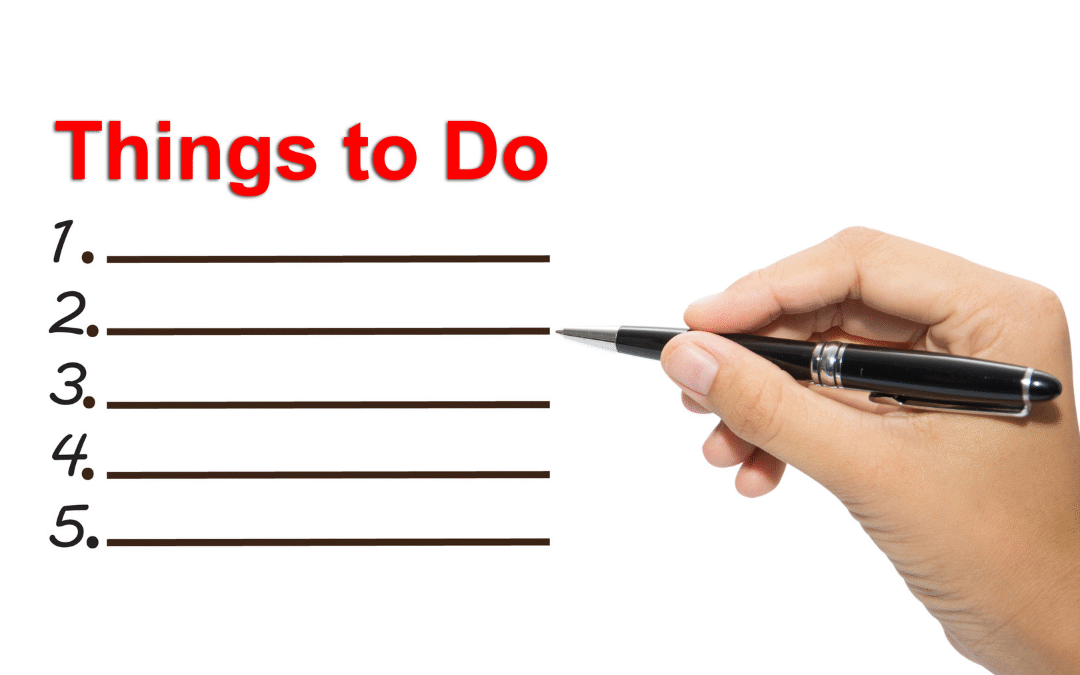Publishing a book can be an incredibly rewarding journey, but it also requires careful planning and execution. In this guide, I will share my insights on how to transform your idea into a polished manuscript and navigate the complexities of the publishing process. You’ll learn about harnessing your creativity, the importance of editing, and how to promote your work effectively. By following these steps, you can position yourself on the path to becoming a bestselling author, making your literary dreams a reality.
Key Takeaways:
- Identify Your Unique Idea: Begin with a clear and original concept that addresses a specific audience’s needs or interests.
- Develop a Robust Outline: Create a detailed outline to organize your thoughts and structure your narrative, ensuring a logical flow throughout your book.
- Choose the Right Publishing Method: Decide between traditional publishing and self-publishing based on your goals, resources, and desired level of creative control.
Finding Your Idea
Before exploring into the writing process, I must emphasize the importance of finding a compelling idea for your book. A great idea is the foundation upon which your entire book will be built. It should be unique, resonate with readers, and inspire you to write. Spend time exploring your passions, interests, and experiences to discover what truly motivates you. This reflection will guide you toward creating a book that not only satisfies your creative urges but also has the potential to connect deeply with an audience.
Brainstorming Techniques
If you’re struggling to generate ideas, try various brainstorming techniques. You can start with mind mapping or listing keywords related to your interests. Freewriting is also a powerful strategy; set a timer for ten minutes and write non-stop about your prospective book without editing yourself. These techniques will spark creativity and lead you down new paths you might not have considered before.
Evaluating Market Demand
Demand for your book idea is important in ensuring its success. Before you invest time and resources, I recommend researching existing market trends and identifying your target audience. By understanding what readers crave, you’ll be better equipped to refine your concept.
This step is crucial as it helps to mitigate the risk of writing a book that may not resonate with readers. I often check popular websites like Amazon and Goodreads to see what genres or topics are trending. Additionally, I engage in social media discussions and forums related to writing to gauge readers’ interests. Do not forget, a strong understanding of your market can help you refine your idea, making it more appealing and increasing its potential to become a bestseller.
Developing Your Manuscript
Some writers face challenges during the manuscript development phase, but I believe it’s a crucial step to transform your idea into a compelling narrative. It’s important to examine deep into your creativity while maintaining a structured approach. This phase involves drafting, revising, and refining your content to ensure clarity and engagement for your readers.
Structuring Your Outline
Your outline serves as the roadmap for your manuscript, aiding in organizing your thoughts and chapters efficiently. Begin by identifying the main themes and subplots that will guide your writing, ensuring a logical flow throughout your book. A well-structured outline not only streamlines the writing process but also helps you stay focused on your main objectives.
Writing Tips for Success
Now, if you want to elevate your writing, consider these key tips for success:
- Establish a consistent writing routine.
- Set ambitious yet achievable goals.
- Seek constructive feedback from peers.
- Revise relentlessly to enhance clarity and structure.
Knowing these principles can significantly enhance your writing process and output.
The path to a successful manuscript is about honing your skills and embracing feedback. You can enhance your writing by incorporating daily habits and practices as part of your routine:
- Utilize a writing app or journal to track progress.
- Engage in writing workshops for collaboration and learning.
- Study genres similar to your book to understand market trends.
- Practice mind mapping to explore ideas visually.
Knowing how to adapt and integrate these strategies will keep your manuscript development on the right track.
Editing and Revising
For many writers, editing and revising is where the true magic happens. It’s crucial to refine your manuscript to ensure clarity, coherence, and flow. I recommend taking a break after completing your first draft, allowing you to return with fresh eyes to catch inconsistencies and areas needing improvement. Embrace the truth that this process is just as crucial as your initial writing phase, as it determines the success of your book.
Self-Editing Strategies
An effective self-editing strategy involves multiple rounds of revisions. I often start with structural edits, focusing on plot and character development, before moving to line edits that enhance word choice and sentence structure. Reading aloud can also help you identify awkward phrasing or pacing issues, ultimately leading to a more polished final product.
Professional Editing Options
There’s no denying the value of hiring a professional editor when you’re serious about refining your manuscript. A professional editor brings a fresh perspective and can identify weaknesses you may have overlooked. They offer various services, including structural, copy, and proofreading edits, tailored to your manuscript’s specific needs.
A professional editor not only enhances your manuscript’s overall quality but also helps you navigate the nuances of writing guidelines and industry standards. Choosing to invest in professional editing can significantly reduce the risk of negative feedback from readers and improve your book’s chances of success. While hiring an editor may seem like an additional expense, think of it as a crucial step towards achieving your publishing goals. Note, a *well-edited book can elevate your work from average to exceptional*, propelling you towards your aspirations of becoming a bestseller.
Designing Your Book
Many aspiring authors underestimate the importance of design in the book publishing process. From the cover to the layout, every design element impacts your reader’s experience and perception of your work. A well-designed book can attract more readers, enhance aesthetics, and even contribute to your book’s credibility. I believe investing time and effort in the design phase can significantly elevate your work to a bestseller status.
Creating a Compelling Cover
Cover design is your book’s first impression, and it’s crucial to make it count. A compelling cover should clearly convey your book’s theme or genre while being visually appealing. I recommend collaborating with a professional designer who understands your vision, or utilizing design platforms that allow you to customize your cover. Do not forget, a captivating cover can draw readers in and entice them to pick up your book.
Formatting for Print and Digital
Designing your book for both print and digital formats ensures it looks professional across platforms. I find that differences in formatting requirements for print—like bleed and trim sizes—versus digital formats—where readability on various devices is key—can be complex.
This is why proper formatting is imperative, as it can greatly affect the reading experience. For print, you must focus on layout, font selection, and margins to ensure a polished look. In contrast, digital versions require attention to adaptability and flow for seamless reading on screens. Be mindful that poor formatting can lead to reader frustration and negatively impact your book’s reviews. Thus, I recommend thoroughly checking both formats to ensure they meet high standards before publishing.
Publishing Options
Once again, choosing the right publishing option is crucial for your book’s success. You can opt for traditional publishing, where you’ll seek out a literary agent and publisher, or explore self-publishing, which gives you complete control over the process. Each method has its advantages and disadvantages, so it’s important for you to weigh them based on your needs, goals, and resources. Take your time to understand these options before making a decision that could impact your book’s journey.
Traditional vs. Self-Publishing
An important distinction lies between traditional and self-publishing. Traditional publishing typically offers professional editing, marketing, and distribution, but acquiring a deal can be challenging. On the other hand, self-publishing allows for greater creative freedom and immediate access to profits, but requires you to manage all aspects of the process. Choose the path that aligns with your vision and capabilities.
Understanding Publishing Contracts
While navigating publishing contracts can be daunting, it’s crucial for protecting your rights as an author. Contracts dictate everything from royalties and rights to responsibilities, so it’s critical that you fully comprehend their terms before signing anything. If certain clauses seem unclear or unfavorable, don’t hesitate to negotiate or seek expert advice. This proactive approach will help ensure that you retain important creative control and achieve a fair compensation for your work.
This understanding can save you from potential pitfalls, such as losing rights to your book or getting locked into unfavorable royalty structures. Take time to read through each clause carefully, paying special attention to terms relating to timelines, advances, and termination rights. Consider consulting a literary attorney or an industry expert to help you navigate these details and protect your interests as an author. A well-informed decision can make a significant difference in your publishing journey.
Marketing Your Book
After you’ve poured your heart and soul into writing your book, it’s time to shift your focus to marketing. Creating an effective marketing strategy is crucial for reaching your target audience, building anticipation, and ultimately, driving sales. I’ll share key approaches to get your book noticed and transform it into a bestseller.
Building an Author Platform
Now that the book is complete, establishing a solid author platform is necessary. This platform serves as a foundation for connecting with your readers and showcases your expertise. I recommend using social media, a personal website, and an email newsletter to engage your audience and develop meaningful relationships.
Effective Promotion Strategies
Any successful book marketing campaign must include a mix of promotional strategies tailored to your audience. I suggest leveraging social media, book reviews, author interviews, and virtual events to create buzz around your book. Engaging with readers directly enhances your visibility and helps you build your brand.
It’s vital to invest time in effective promotion strategies to maximize your book’s reach. Utilize social media ads targeting specific demographics interested in your genre, as this can dramatically increase your visibility. Consider organizing virtual book launch parties, where you can interact with readers and discuss your work in a lively atmosphere. Don’t forget to connect with book bloggers and influencers who can generate excitement through reviews and recommendations. Ultimately, commitment to these strategies will yield positive results and elevate your path to becoming a bestselling author.
Final Words
Presently, as you launch on your journey to write and publish a book, remember that the process involves both creativity and strategy. I encourage you to nurture your unique ideas while understanding the importance of thorough research, effective writing, and diligent marketing. You have the tools to transform your vision into a bestseller, but dedication and persistence are key. Embrace the challenges as learning opportunities, and soon, your voice will resonate with readers around the world. You can achieve your publishing dreams; all it takes is passion and commitment.
FAQ
Q: What are the initial steps to take when I have an idea for a book?
A: The first step is to develop your idea into a more concrete concept. Start by writing a brief summary or outline of your book, including the main themes, characters (if applicable), and the target audience. Research your genre to see how your idea fits into existing literature and identify your unique angle. Consider how you will differentiate your book from others in the market. After you have a clear vision, you can move on to the planning and writing phases.
Q: How can I ensure that my book stands out in a competitive market?
A: To make your book stand out, focus on creating a compelling narrative and engaging content. Invest time in researching your target audience and market trends to write something that resonates with readers. Utilize unique character development, a strong plot, and an original voice to capture attention. Also, consider hiring professional editors and cover designers to enhance the overall quality of your book. Finally, an effective marketing strategy will help your book reach a wider audience once published.
Q: What are the best options for publishing my book once it’s finished?
A: You have several options for publishing your book: traditional publishing, self-publishing, and hybrid publishing. Traditional publishing involves submitting your manuscript to literary agents or publishers, which can be competitive but offers marketing support. Self-publishing gives you full control over the publishing process, but you’ll be responsible for editing, cover design, publishing, and marketing. Hybrid publishing combines elements of both, often requiring a financial investment while providing professional services. Carefully evaluate each option to determine which aligns best with your goals and resources.







